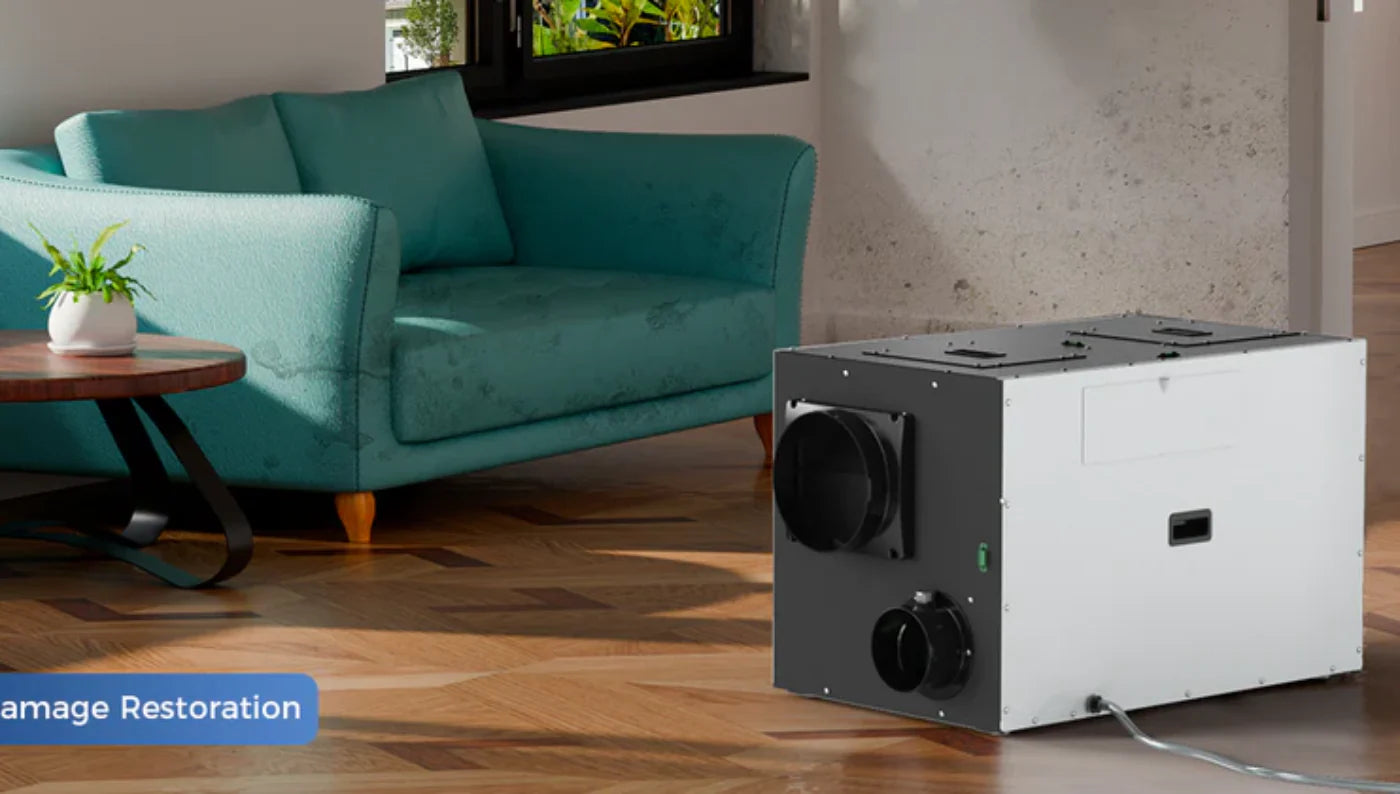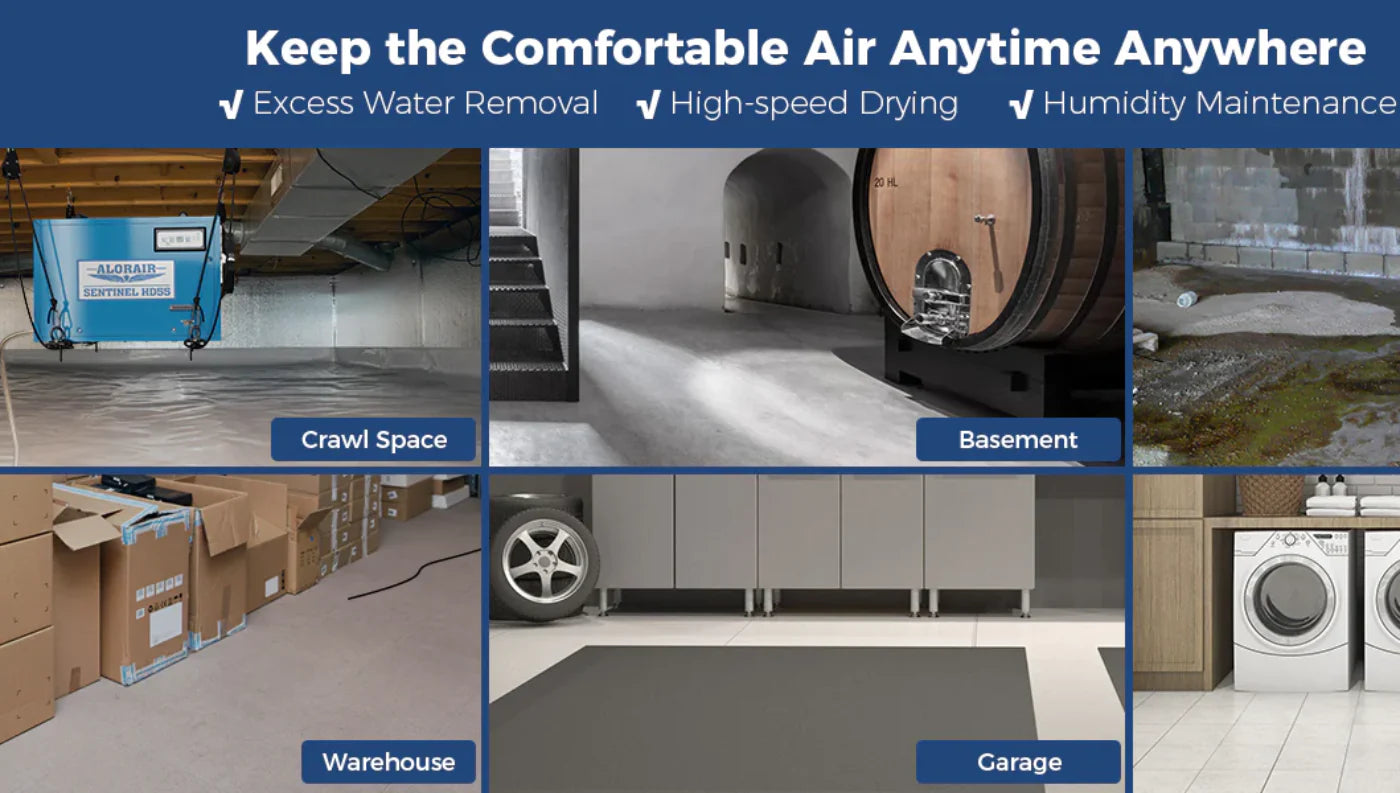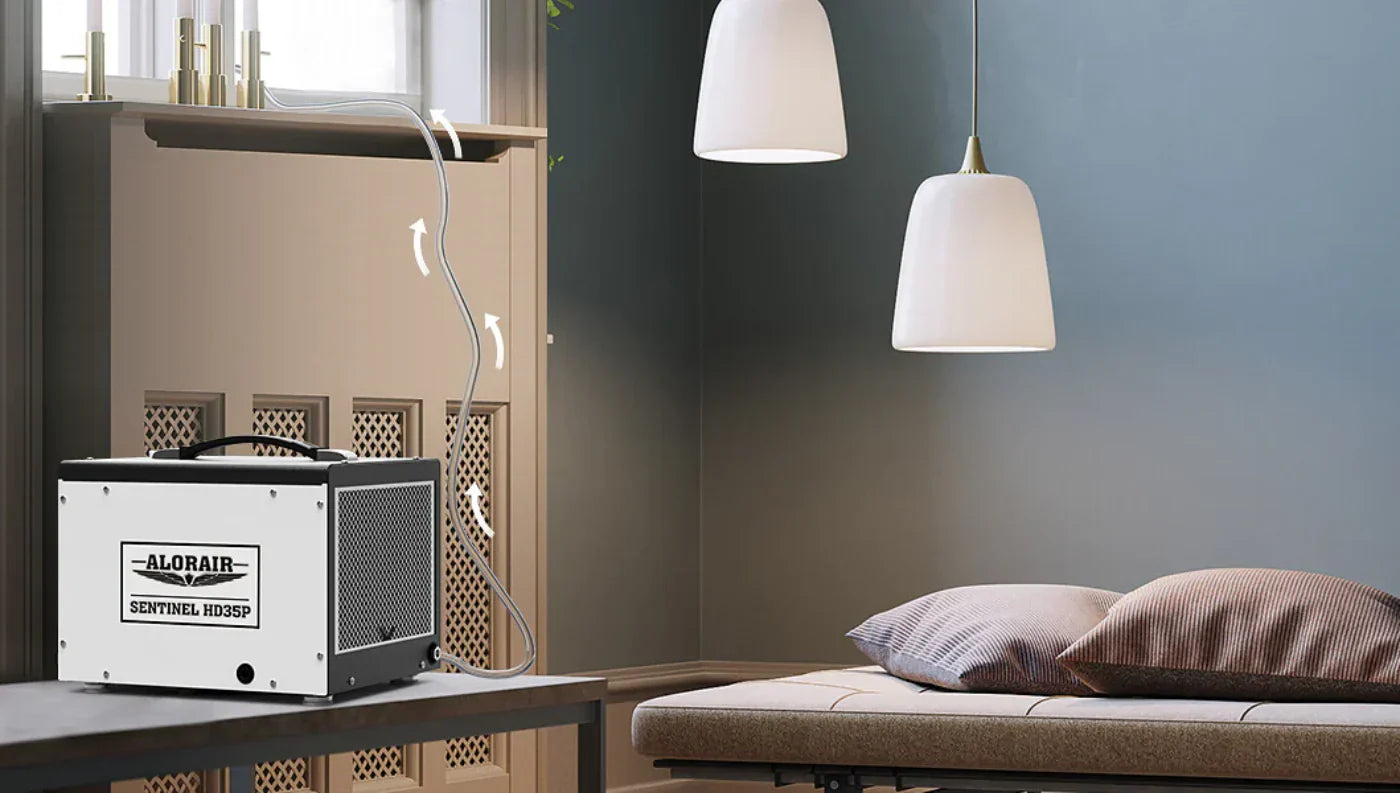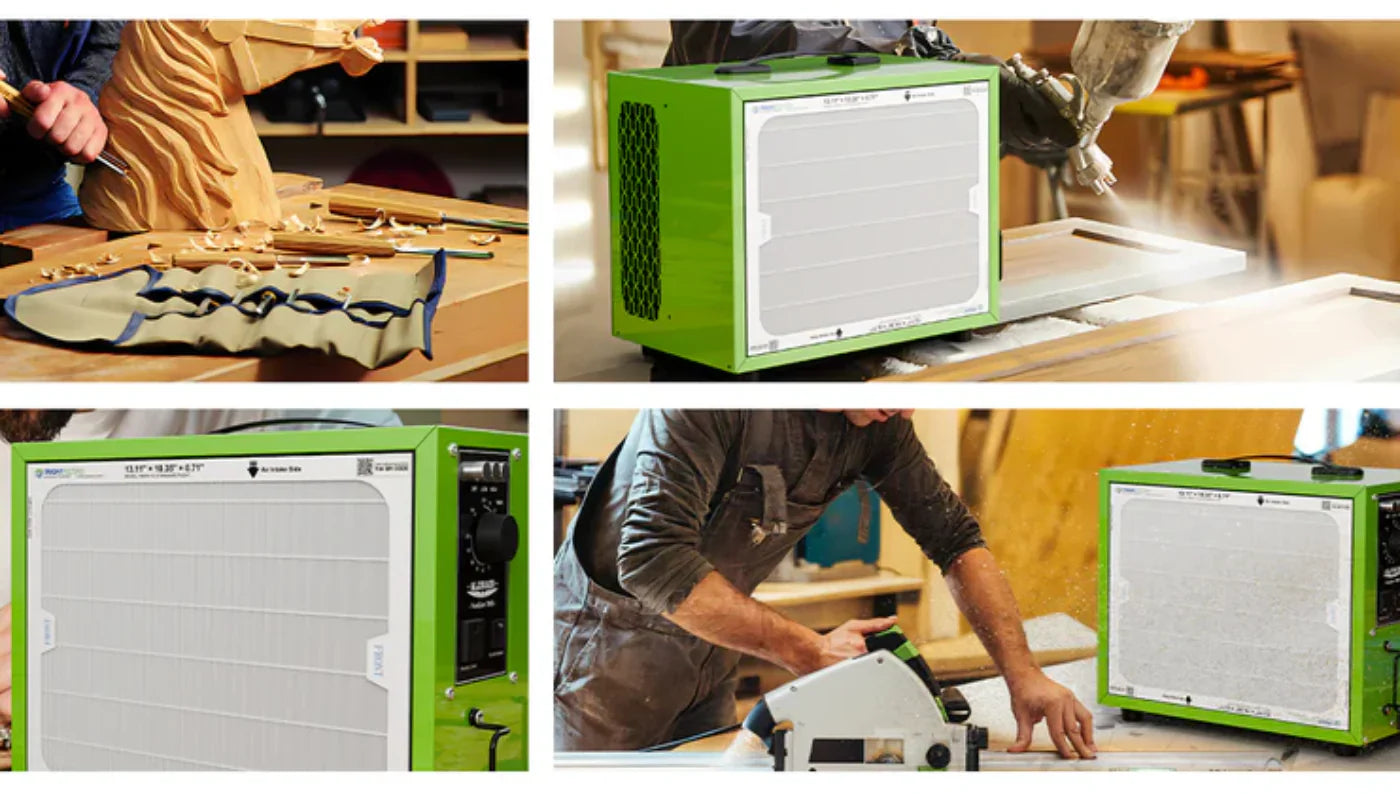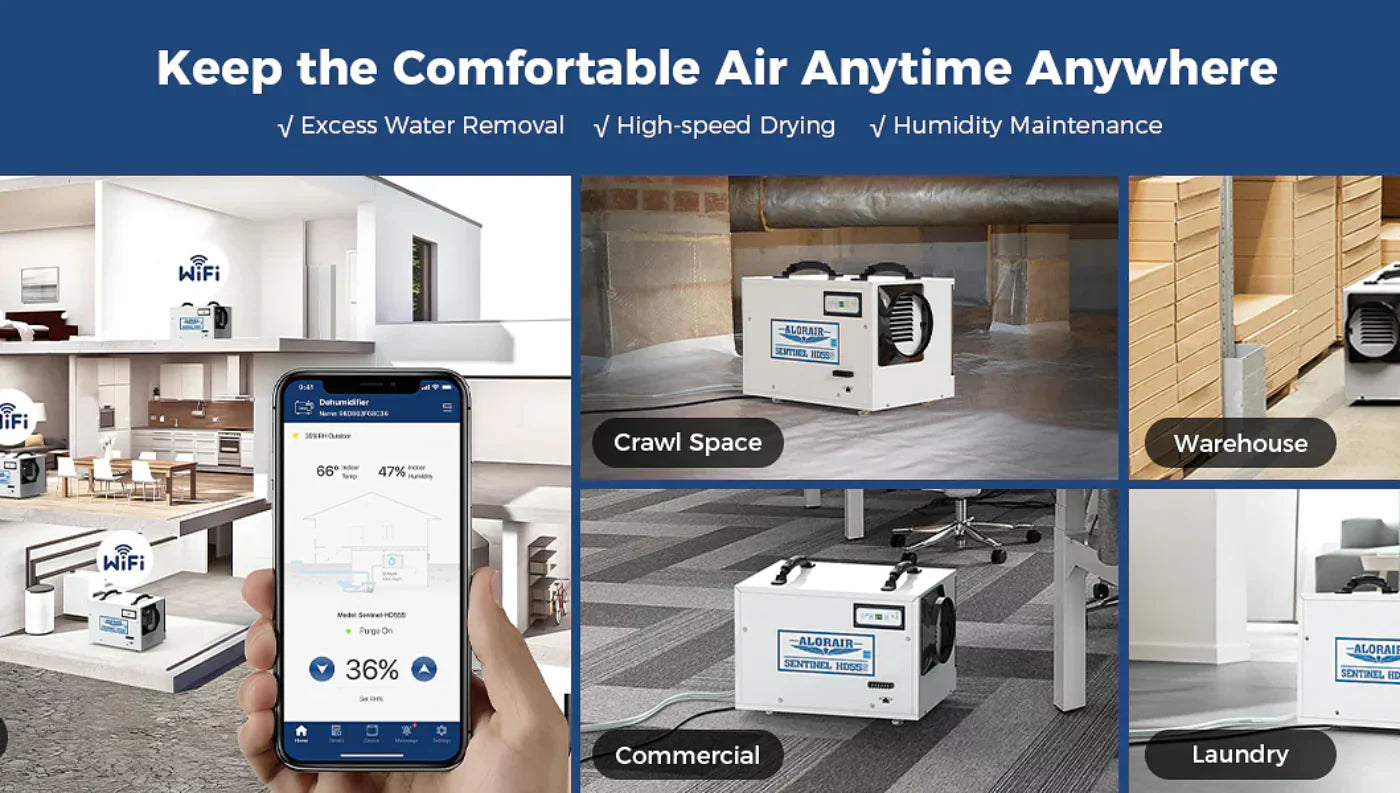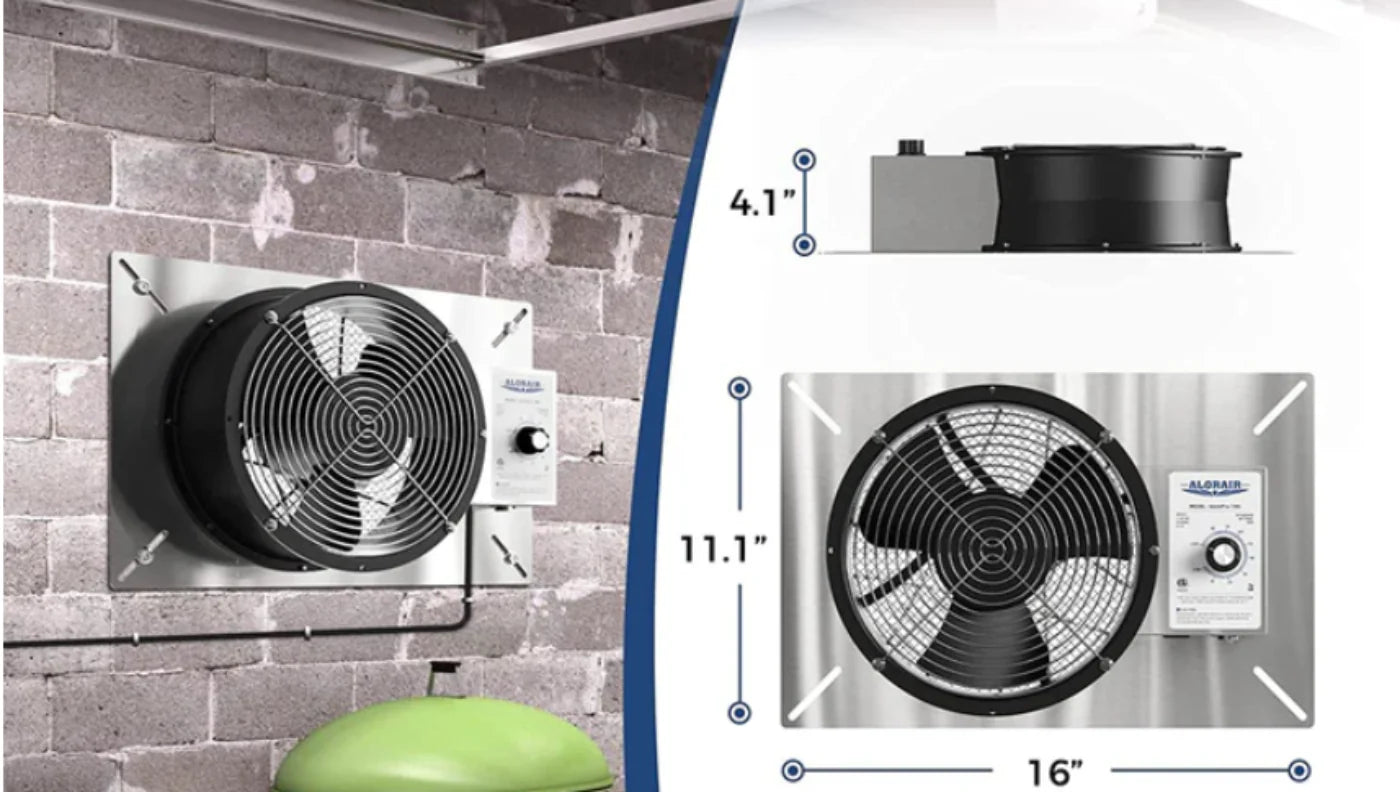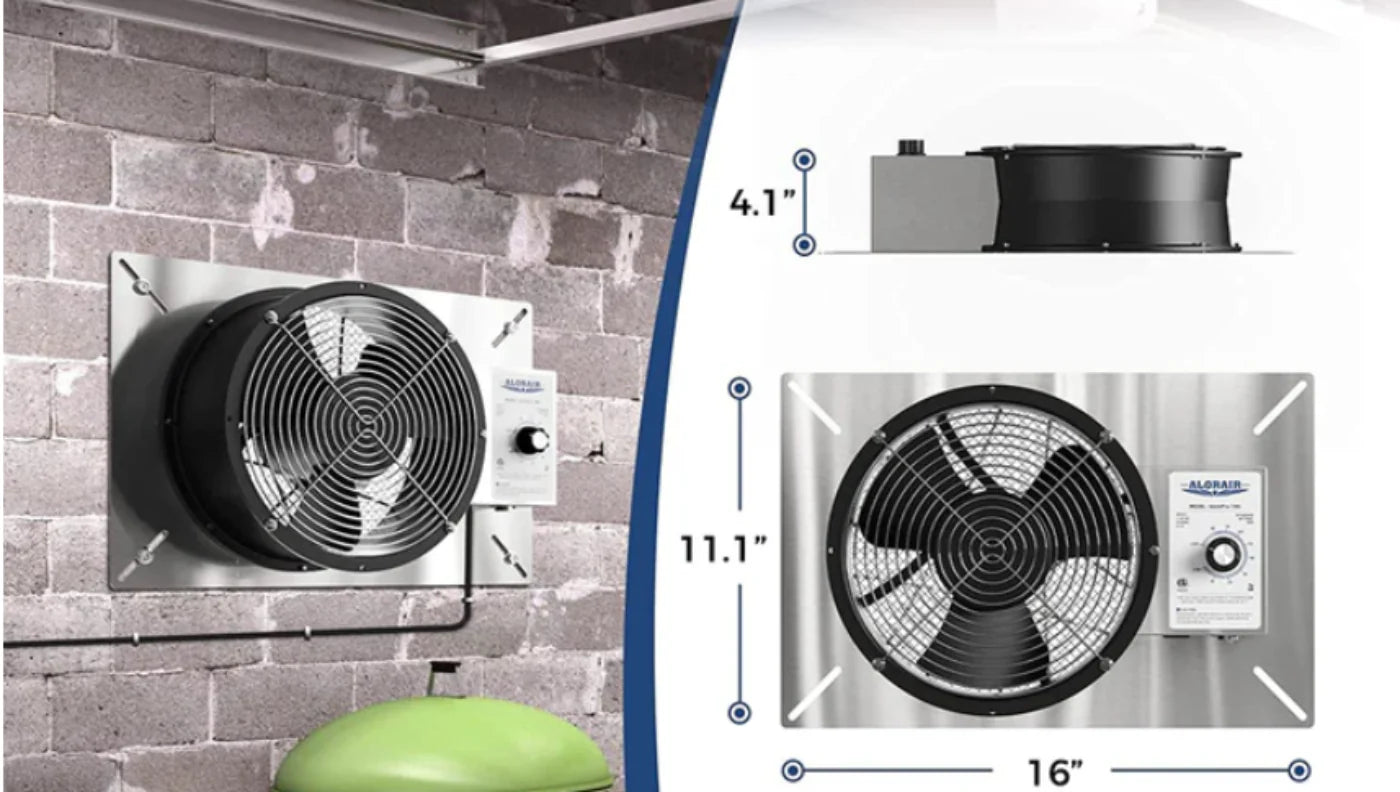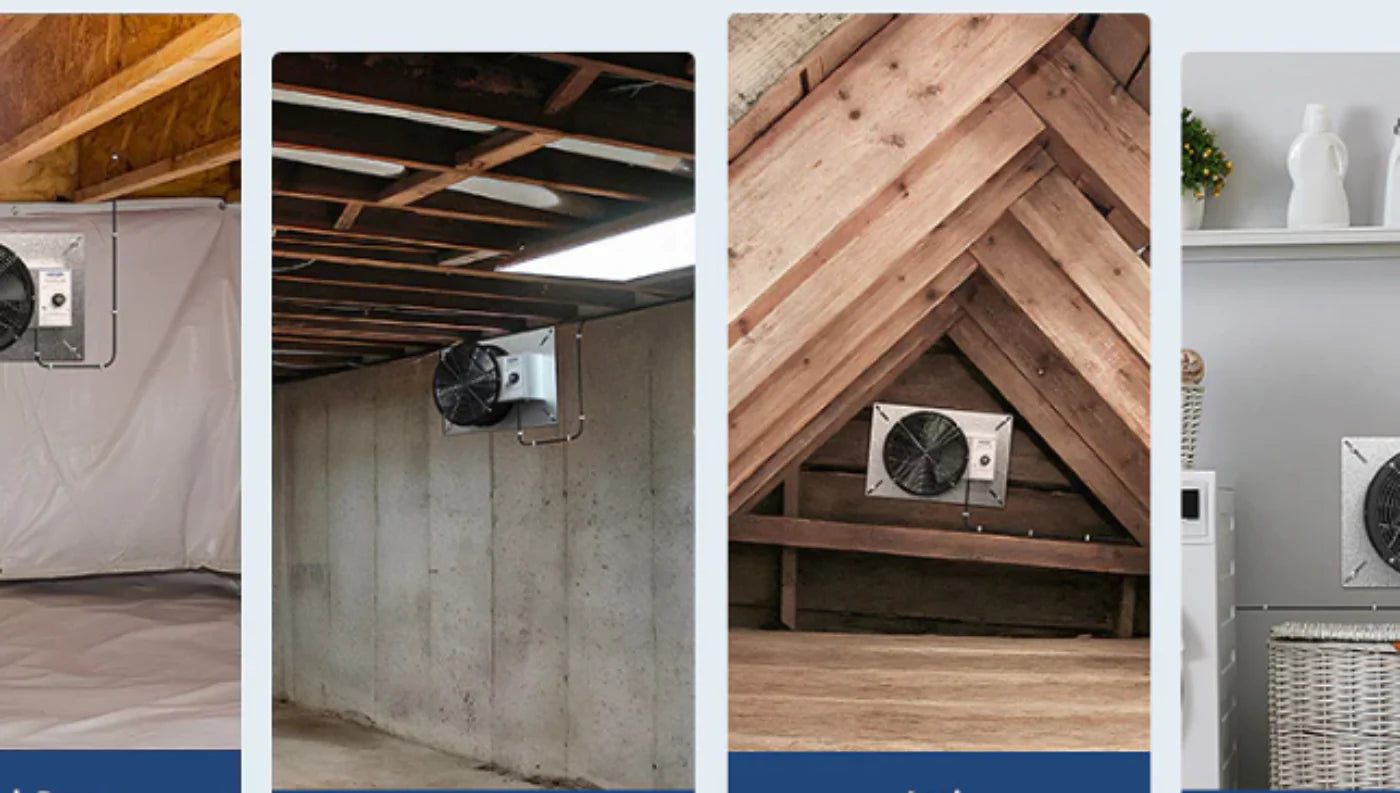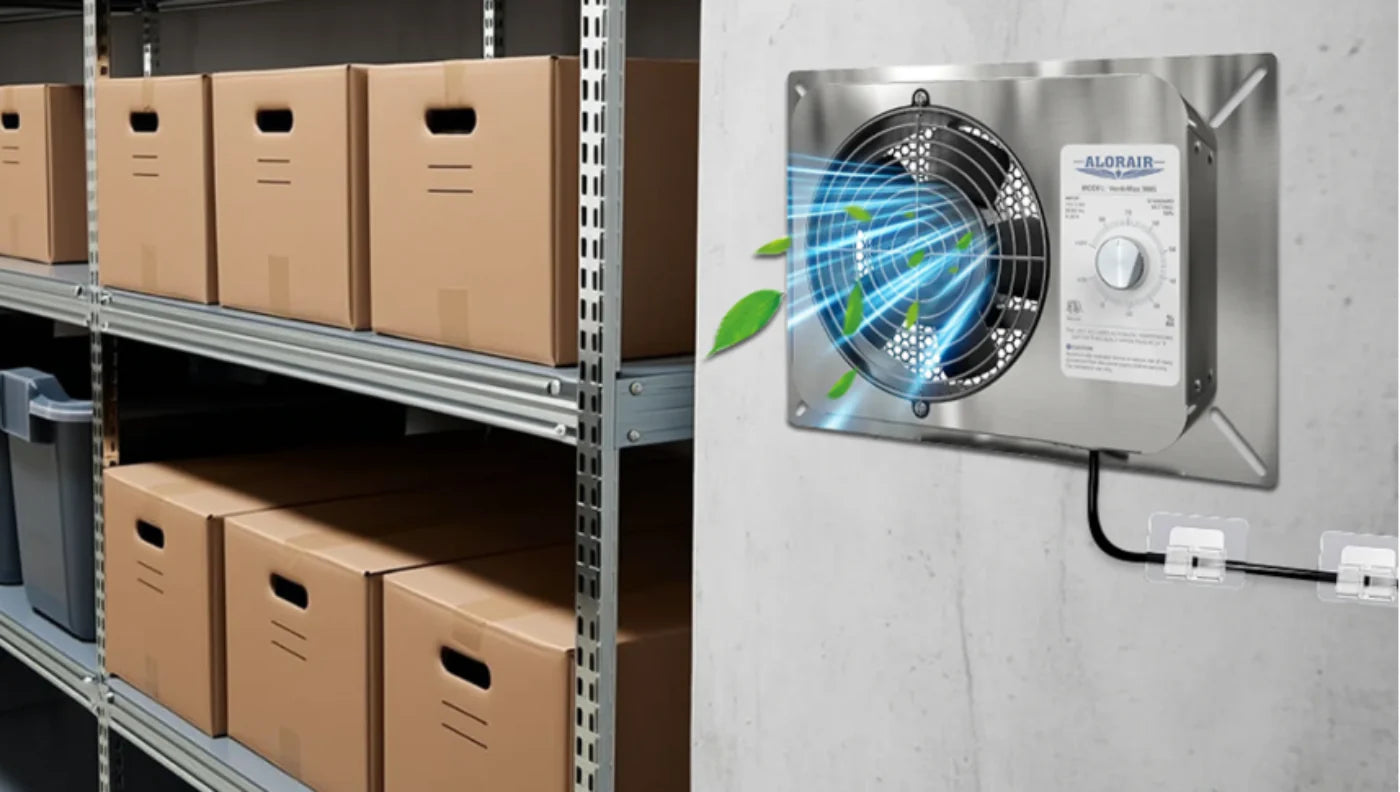Everyone thinks dehumidifiers are the ‘silent AC’ during US summers. But here’s the truth: they work nothing like your home AC.
Dehumidifiers suck out moisture using condensation (that’s science talk for trapping water vapor). But here’s the kicker – they actually heat up your room by 1–3°F while doing it. Why? Because the process releases trapped heat. Real ACs? They cool air and slash humidity through refrigerant cycles – the ultimate dual-system solution.
So why does it feel cooler? Spoiler: it’s all about humidity control. Stick around to see how moisture reduction actually tricks your body into feeling refreshed.
What Exactly is Humidity?
Before we get into how dehumidifiers work their magic, let's quickly cover what humidity is. Humidity refers to the amount of water vapor, or moisture, in the air. The higher the humidity, the thicker and heavier the air feels.
Here's an example - think about how different 75°F feels on a crisp, dry day versus a muggy summer afternoon. On a dry day, 75° is pretty comfortable. But when it's humid out, that same 75°F can feel sweltering and sticky. That's because humid air makes it much harder for your body's sweat to evaporate and cool you down.
The EPA recommends keeping indoor humidity between 30% and 50% relative humidity. Humidity levels below 30% can lead to dry skin, static electricity, and other issues. Levels above 50% can encourage the growth of mold, mites, and other biological contaminants.
Not only is humid air super uncomfortable, but it also forces your air conditioner to work overtime. With all that excess moisture, the AC has to spend more energy dehumidifying the air before it can lower the temperature. This puts extra strain on the system and drives up your energy bills.
How Dehumidifiers Work
So, how exactly do dehumidifiers help combat this moisture madness? It's a pretty simple concept. A dehumidifier pulls in the humid air from your room and passes it over cold coils or a refrigerated surface. As the air cools, the moisture condenses into water droplets that get collected in a tank or drained away.
The now dehumidified, drier air gets released back into your room, feeling significantly cooler and lighter than the humid air that went in, even though the temperature reading is the same! With less moisture bogging it down, your body can cool itself more effectively through sweating and breathing.
This drier air also allows your air conditioner to run much more efficiently. Instead of wasting energy dehumidifying first, the AC can focus all its power on simply lowering the temperature. Most units can cool a room 6-8 degrees faster when humidity levels are in a comfortable range.
The Benefits Go Beyond Just Cooling
While improved cooling and comfort are the main draws of using a dehumidifier, these nifty machines offer some other great perks:
Energy Savings - By reducing humidity, dehumidifiers allow your AC to run up to 25% more efficiently. This can translate into hundreds of dollars in savings over the cooling season.
Prevents Moisture Damage -High humidity creates the perfect breeding ground for mold, mildew, and musty odors that can ruin your home and belongings. Dehumidifiers stop excess moisture before it starts.
Protects Wood & Valuables -Excessive moisture can warp wood floors, cause paint and wallpaper to peel, and damage valuables such as books or instruments. Maintaining proper humidity levels prevents this costly damage.
Healthier Indoor Air -Mold, dust mites, and other allergens thrive in humid environments. Dehumidifiers make it more difficult for these triggers to grow, thereby improving indoor air quality.
Choosing the Right Dehumidifier
Choosing the appropriate size dehumidifier for your area is essential if you want to reap the maximum benefits from it. Factors like room square footage, humidity levels, climate, and any major moisture sources should all be considered.
As a general rule of thumb, it's better to get a dehumidifier rated for a slightly larger area than you need. This ensures it can effectively handle any extra moisture without constantly running at full capacity.
Some other key features to look for include:
1. Automatic humidistat control to maintain ideal humidity levels
2. Low-temperature operation for use in basements, garages, etc.
3. Automatic restart after power outages
4. Built-in pump for continuous drainage through a hose
If you're unsure what size or model is best for your home, don't worry! Most dehumidifier companies have sizing guides and experts who can provide a free recommendation based on your needs.
Choose AlorAir for High-Performance Dehumidifiers
When it comes to high-performance residential dehumidifiers, AlorAir Crawlspace is a top brand on the market. Our line of compact and whole-house units is designed to efficiently remove excess moisture from the air while minimizing energy usage.
AlorAir dehumidifiers come equipped with convenient features, including auto-restart, temperature operation down to 33°F, and built-in pumps for easy condensate removal through a drain line. With industry-leading moisture removal rates and coverage areas, these units can handle even the most humid environments.
We also offer an impressive 1-year parts and labor warranty on select dehumidifier products, giving our customers added peace of mind.
FAQ
1. Does a dehumidifier make your room feel cooler?
Yes. By reducing excess humidity, dehumidifiers lower the relative humidity (RH) in your space, allowing sweat to evaporate more efficiently. This creates a "cooler" sensation even if the actual temperature remains unchanged. For example, lowering the relative humidity (RH) from 80% to 50% can make a 75°F room feel 5–8°F more comfortable due to improved sweat evaporation.
2. Are dehumidifiers effective in hot weather?
Absolutely. High humidity in summer amplifies discomfort by trapping heat. Dehumidifiers combat this by extracting moisture, which reduces that "sticky" feeling. Pairing them with fans enhances airflow, creating a refreshing environment without heavy cooling .
3. What are the limitations of dehumidifiers?
- Noise: Most models produce fan noise, ranging from 40 to 60 dB, which is comparable to the sound of a quiet conversation.
- Temperature: They slightly raise room temperature (1–3°F) due to heat from compressors and condensation processes .
- Use Case: Optimized for high-humidity zones (basements, pre-AC seasons) rather than full-house cooling. Avoid using them in dry environments (<40% RH) to prevent over-drying.
4. Can a dehumidifier replace an air conditioner?
No. Dehumidifiers focus solely on removing moisture, not reducing temperature. While they do slightly cool the air during condensation, this effect is minimal compared to ACs. For true cooling, combine both:
- AC: Rapidly lowers temperature.
- Dehumidifier: Maintains comfort by preventing post-cooling humidity spikes .
5. Is a dehumidifier more effective than an air conditioner for summer comfort?
It depends on your needs:
- AC Advantage: Excels at rapid cooling and humidity control in hot, humid climates.
- Dehumidifier Advantage: Energy-efficient humidity management for spaces up to 3,000 sq. ft., ideal for controlling basement moisture and reducing allergens like mold.
For best results, use AC for temperature and dehumidifiers for humidity balance.
Beat the Heat and Humidity
If you're tired of feeling hot, sticky, and generally uncomfortable indoors, a high-quality dehumidifier could be the solution you need. By reducing humidity levels, these machines enable your air conditioner to operate more efficiently, providing better cooling without requiring excessive work. The next time someone asks “how to dehumidify a room,” refer them to this article.
Visit us to explore our full range of residential dehumidifier models and discover the perfect fit for your home. Our experts can also provide complimentary sizing recommendations to ensure you select the ideal unit for your space.




